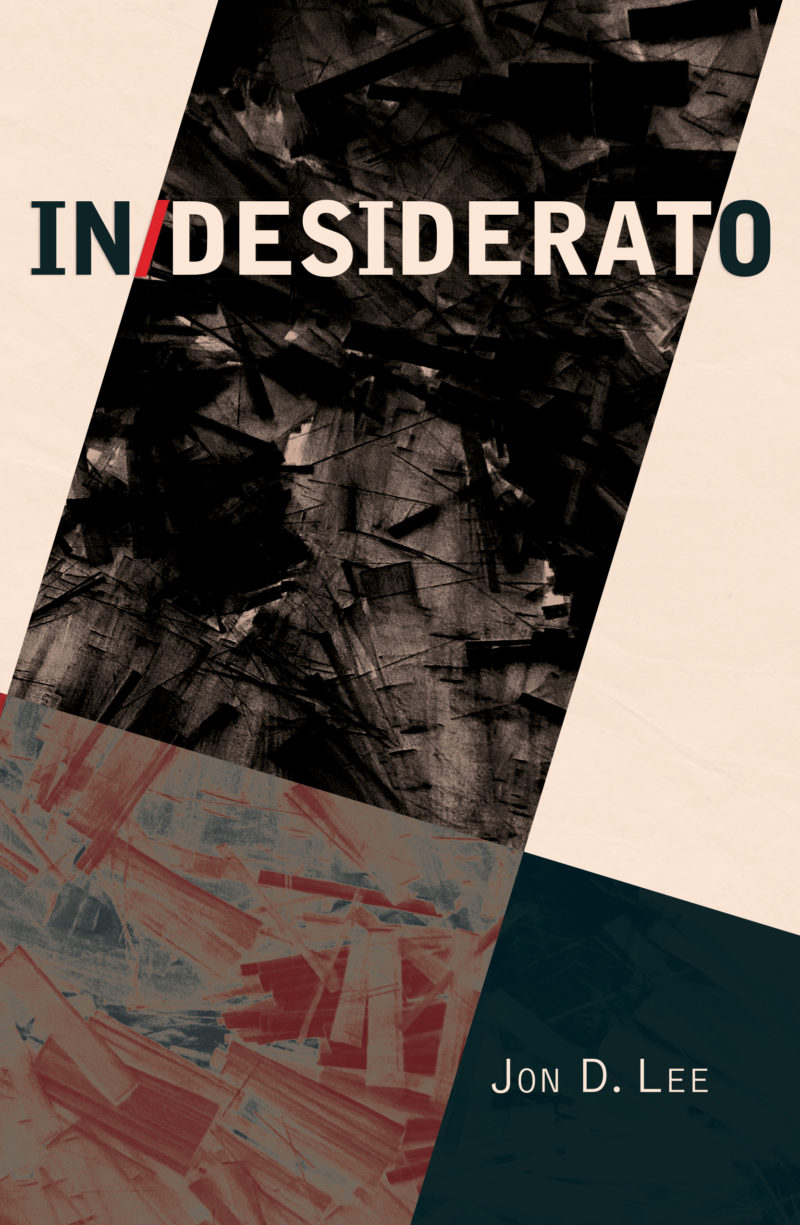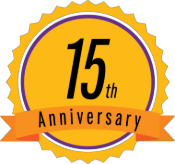When did you first encounter poetry? How did you discover that you wanted to write poems?
I was lucky enough to grow up in a literary household—my father, David Lee, was the inaugural Utah poet laureate—and it wasn’t uncommon for William Stafford or Peggy Schumaker or Marvin Bell to stay over while driving from one reading to another. In fact, much of my childhood was spent around poets and at poetry readings, and so by the time I was ten I could quote snippets from Shakespeare, Milton, and Donne, as well as numerous living poets. I had no idea what the words meant, of course, but their hypnotic rhythms had already taken hold, and so it was almost inevitable that I’d one day try to write my own lines.
Do you have a writing routine? A favorite time or place to write?
My wife and I have two small children, so the best I can currently manage is to juggle words in my head while doing something else, and then jot down ideas when I have a free hand. I tend to do quite a lot of writing while cooking dinners, doing yardwork, and walking the dog as a consequence. Still, I do try to write every day—even if only a few lines—since I can feel the ideas grow sluggish if I’m forced to skip for any length of time.
A key part of the routine is, of course, to read as much as possible. I try to read at least one poem every day, usually on the way to or from work, and let that poem slosh around and prime the mental pumps while I move throughout my other tasks. I can think of no more important part of the routine than this.
Where do your poems most often “come from”—an image, a sound, a phrase, an idea?
I’ve moved to writing almost exclusively long meditative poems for the last several years, so I’m usually reacting to the last few dozen lines of whatever I’m working on and trying to move beyond those into fresh places. But I also keep the standard writer’s notebook full of interesting images, words, ideas, etc., and scour that regularly. Quite often my work is reacting to another poet, so I’m also reading that poet’s work frequently and trying to copy rhythms, word selections, and so on.
Which writers (living or dead) have influenced you the most?
Maybe the best way to start is to note that my latest book, IN/DESIDERATO, draws heavily from Galway Kinnell’s The Book of Nightmares. The manuscript after that, which is at least first-draft done, responds to the motions that John Ashbery set in place with Self-Portrait in a Convex Mirror. Beyond there, I’m halfway done with a book-length poem that tries to move in some of the linguistic patterns that Milton perfected in Paradise Lost, and then I’ve got a centerpiece poem written for the project after that which draws on the lovely vernacular and small-town poems of both B.H. Fairchild and Maurice Manning. But I also want to give shout-outs to some of my peers, including Robbie Gamble, whose recent chapbook A Can of Pinto Beans is a fantastic example of how poetry can be used to witness horror and atrocity; Eileen Cleary, whose 2 a.m. with Keats is eminently teachable; and Cindy Hunter Morgan, whose new book Far Company contains some of the more haunting poetic lines of recent memory.
What excites you most about your new collection?
IN/DESIDERATO is a book-length poem that, at its heart, is a meditation on the nature of the world we’re leaving behind, both in terms of our collective successes and our failures. The title is a Latinate mangling of my own that loosely translates to “un/desirable,” meaning both the light and dark opposites of that phrasing, and the book is dedicated to and largely addressed to my children. It’s my hope that they’ll one day be interested enough to pick it up and understand it as a love letter.
I’m excited about the book because of this, but also because it’s my first book in seven years, and I can see the growth that happened during that timeframe—thanks in large part to the wonderful mentors I had while pursuing my MFA at Lesley University, and especially Kevin Prufer, who continued to work with me even after I graduated. I put an enormous amount of effort into making IN/DESIDERATO the best work I could possibly produce, and I’m incredibly honored that Jacar Press picked it up.

Sample poem from IN/DESIDERATO
A thousand years ago
a different people walked
through what we now call
the Grand Staircase-Escalante National Monument
I should take you there
to see the red rock & butteryellow blazingstar
& vermilion penstemon & crimson desert paintbrush
& blazing orange mariposa lily
& Mojave indigo bush—
maybe it was the hollow canyons
that snaked through redbrown sandstone
and channeled deer & bighorn sheep—
corralled them as easy targets
around the few waterholes—
or perhaps it was the beauty of desolation
that brought the people
to this land of salt & cactus & lichen
& stinking milkvetch—
but they left their stories on the rocks—
carved petroglyphs
of anthropomorphic gods with crescent horns
and footprints of game trails awash in food
and the hunter’s raised bow & arrow—
and painted pictographs of godlike red birds
and humans in circles holding hands—
and high up on the walls
left white handprints of the long-dead
art or message—
if there is a difference
what we know is that what remained
outlasted the mind that placed it there—
survived a thousand years of sun
& rain & wind & rockfall
for us to find them
and decide they would look better in our living rooms—
so here and there
you can see the marks
from the powertools we used
to strip them from the rockface

Jon D. Lee is the author of four books, including IN/DESIDERATO and An Epidemic of Rumors: How Stories Shape Our Perceptions of Disease. His poems and essays have appeared in The Atlantic, Sugar House Review, Sierra Nevada Review, The Writer’s Chronicle, One, The Laurel Review, and The Inflectionist Review. He has an MFA in Poetry from Lesley University, and a PhD in Folklore. Lee teaches at Suffolk University, where he also serves as a Senior Poetry Reader for Salamander.
